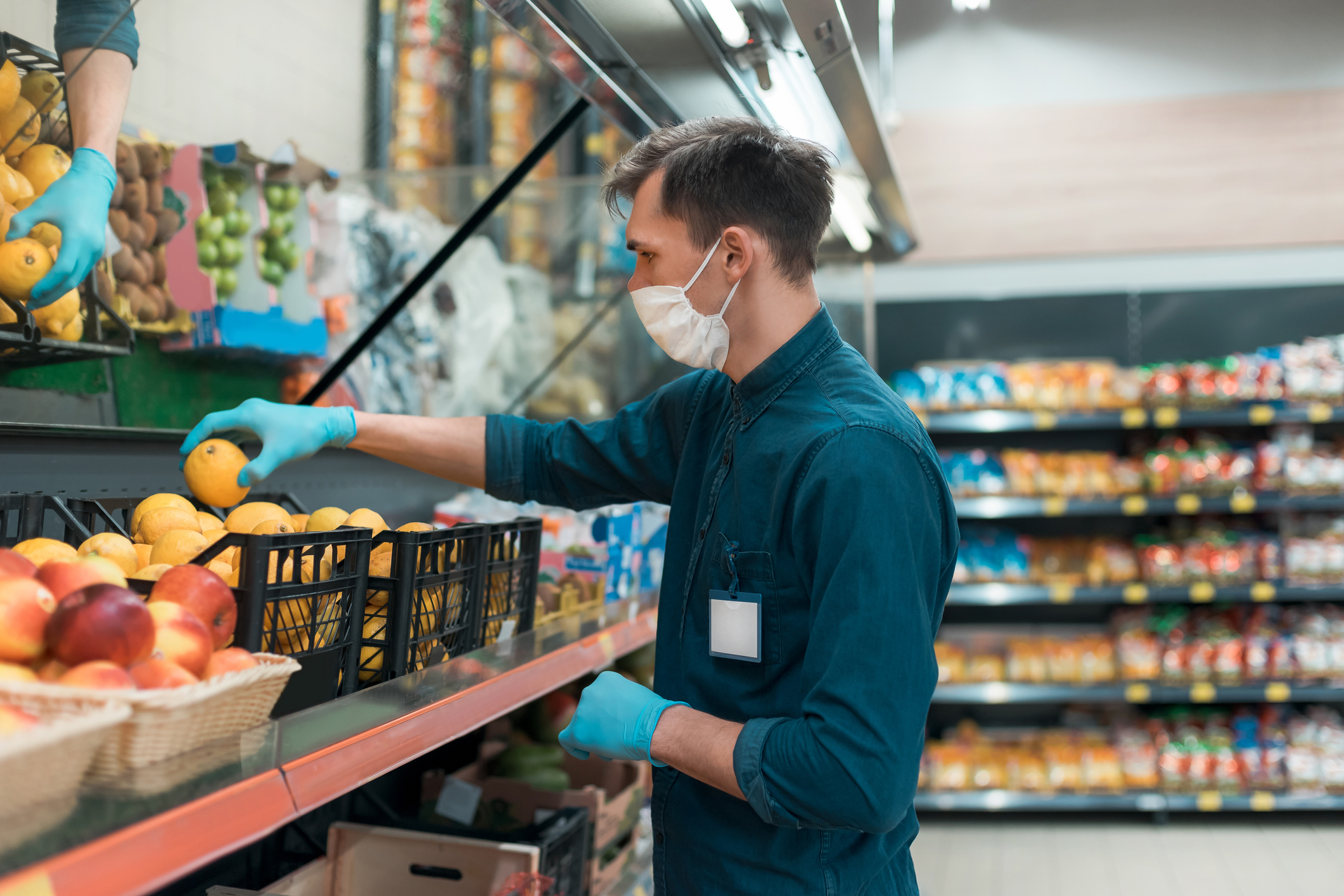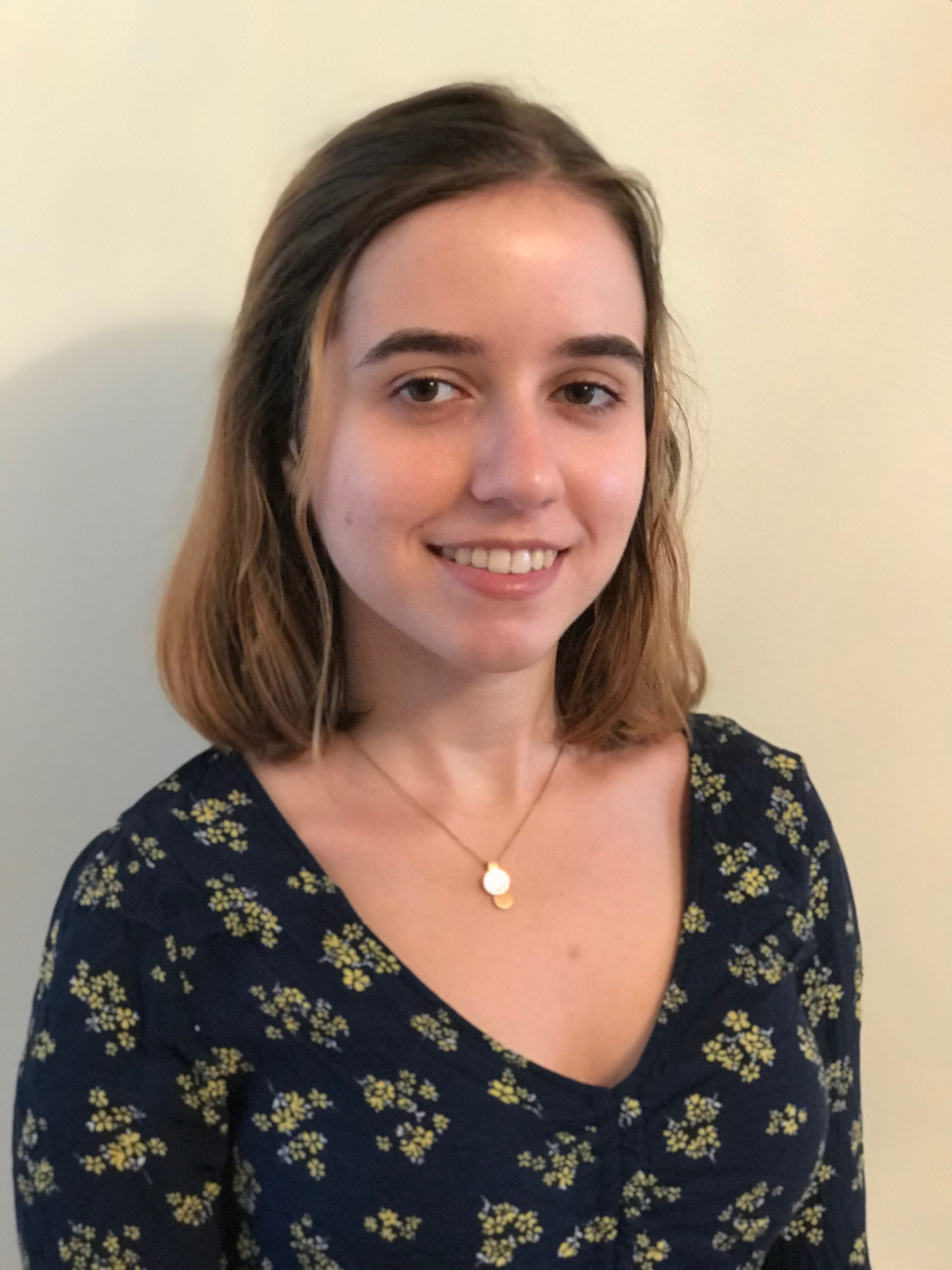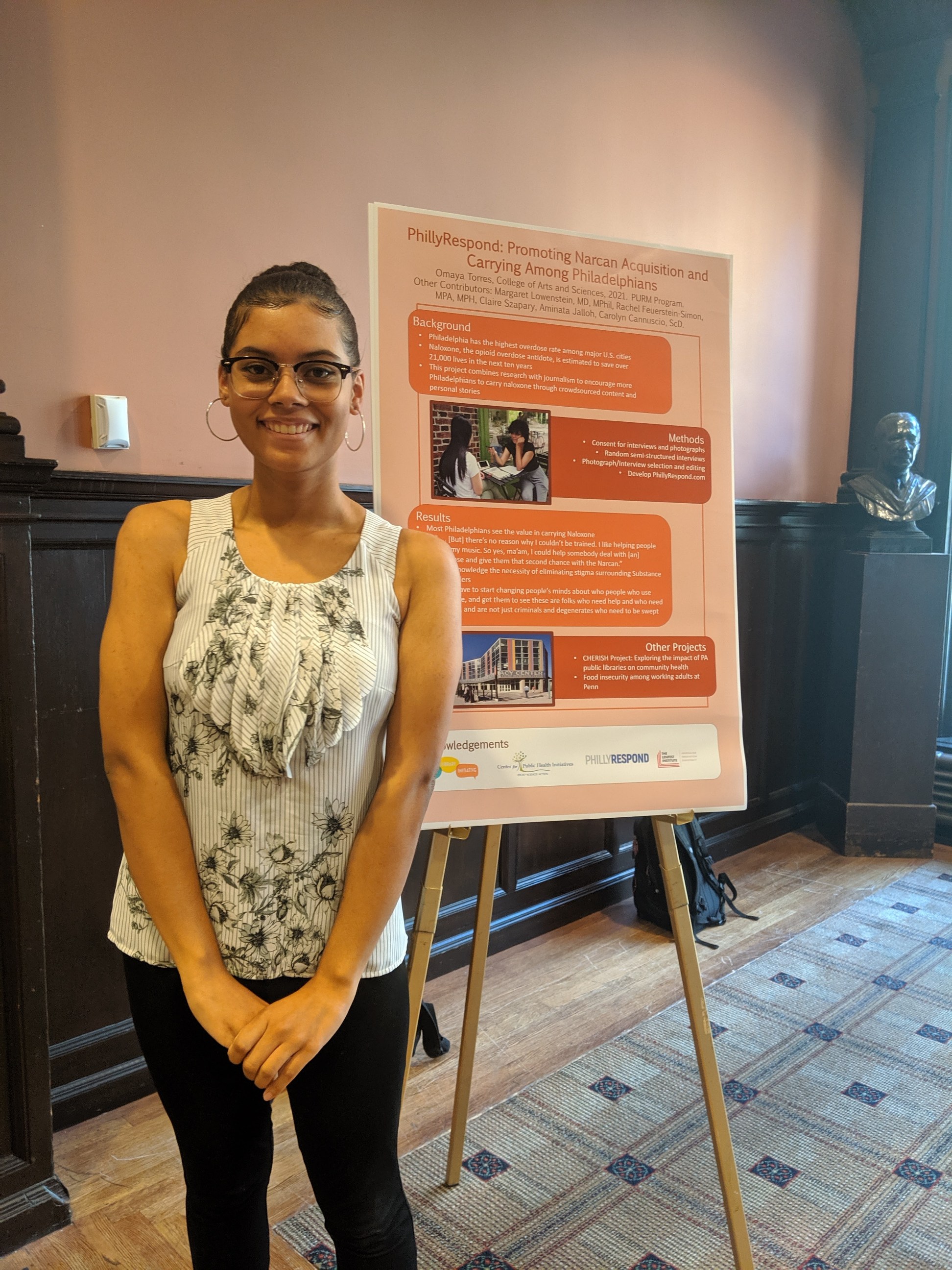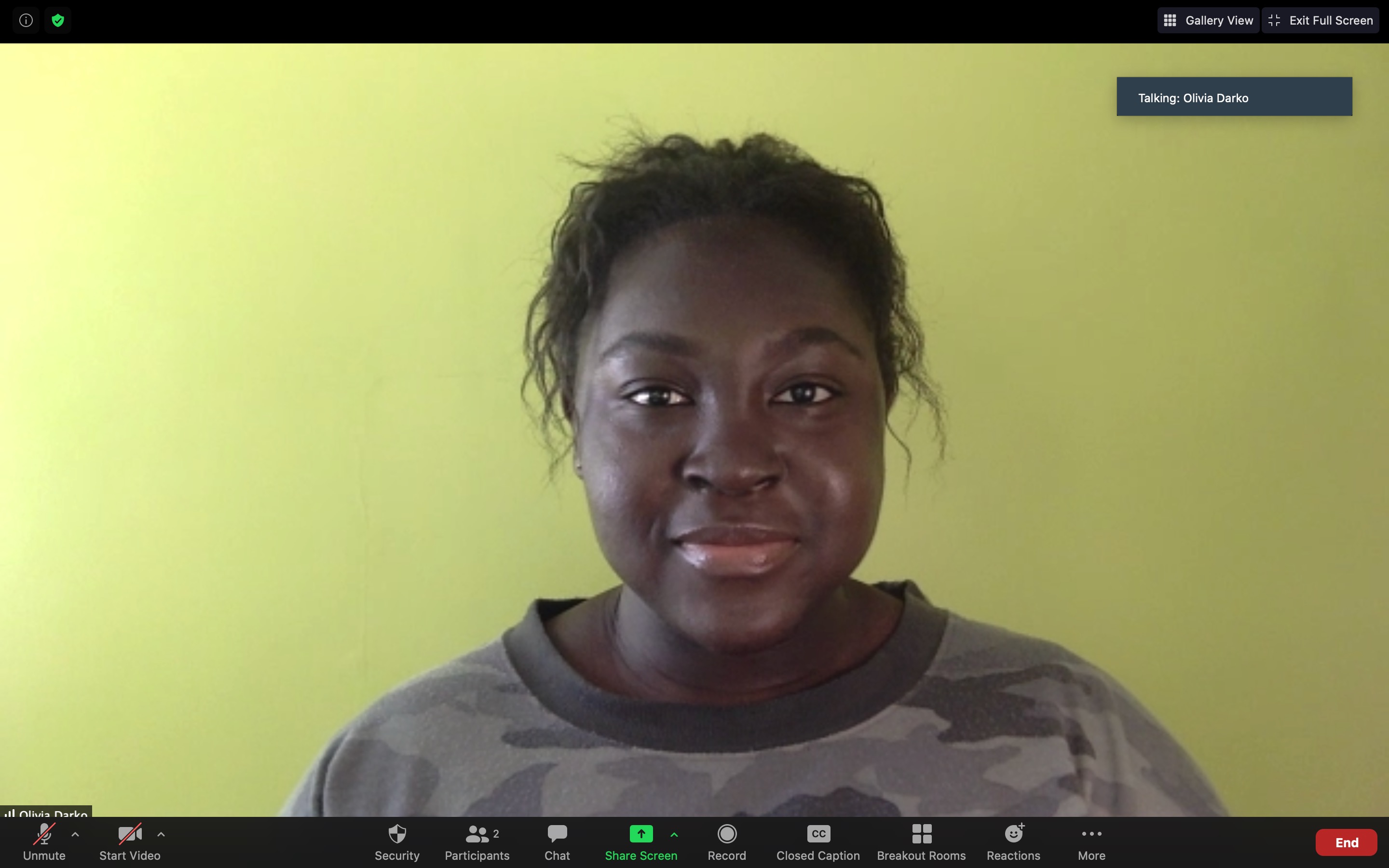More than half of America’s farm workers are immigrants, and most have been considered essential workers during the coronavirus pandemic. While this designation has ensured the continuity of their livelihoods, it has also increased their risk of becoming sick.
Such intimate connections between employment, social status, and health were under the spotlight in Andi Johnson’s spring semester course The Social Determinants of Health. Students in Johnson’s class had the opportunity to investigate that relationship as the pandemic underscored and reshaped its complexities.
The switch to virtual teaching also forced a change in the course’s second half and a reimagining of the students’ final projects. Pairing a close reading of “Fresh Fruit, Broken Bodies,” a scholarly examination of Mexican migrant farm workers by anthropologist and physician Seth Holmes, with an ethnographic research exercise involving interviews with a family member or friend, students made nuanced insights about the less-recognized aspects of how employment, or lack thereof, can influence health and well-being.
“The layers of learning were so deep,” says Johnson, a senior lecturer in the Department of History and Sociology of Science in Penn’s School of Arts & Sciences. “All these themes of social and structural inequality shaping people’s lives and health really came to the fore.”
Dorina Domi, now a rising senior from Philadelphia, had an inkling that the spring might not unfold the way most had expected.
Guest speaker Carolyn Cannuscio of the Center for Public Health Initiatives “told us to brace ourselves because we probably shouldn’t come back to campus after Spring Break,” recalls Domi, who is majoring in health and societies. “We mostly laughed it off, but I was pretty shaken up by that, and, sure enough, we got word mid-way through Spring Break that we wouldn’t be returning to campus.”
Johnson had dedicated the first half of the course to reading and discussing social epidemiology and medical anthropology scholarship on the effect on health in the United States of things like racial residential segregation, income inequality, and gender hierarchies. In addition, students learned social science research ethics and methods, including interviewing techniques and the ethics of working with human subjects. After building this foundation, students were to then apply their new skills in research during the second half.
In previous years of offering the course, Johnson has guided students in becoming de facto research assistants in Cannuscio’s studies related to community health, working with partners such as the Free Library of Philadelphia. This semester, a subset of students was also going to collaborate on interviews requested by a community organization in West Philadelphia. But for this year’s cohort, all that changed halfway through Spring Break, when word came that the rest of the semester would take place online rather than in-person.
With guidance from College of Arts & Sciences staff and the Center for Teaching and Learning, Johnson spent the latter part of Spring Break restructuring the course and rethinking the final project. To ensure equity for students, most sessions occurred asynchronously, with discussion on Canvas message boards and in optional smaller online meetups.
Unsurprisingly for a course focused on health and social inequities, the pandemic became a centerpiece of discussion, and of the culminating project, which Johnson reformatted to accommodate the realities of social isolation and the urgent disparities coming to light in the pandemic.
“Each student, while self-isolating at home,” Johnson says, “interviewed a friend or family member about how preventing or attending to sickness from the pandemic was influencing their ability to work, and vice versa, that is, how the demands of different kinds of work shaped people’s abilities to protect themselves from the virus.” The 20 students then shared their interview transcripts with each other and practiced analyzing a set of interviews.
[Penn Today obtained specific permission to use interviewee quotes and information for this story.]
Omaya Torres, now a rising senior from Philadelphia, conducted an interview of someone close to her who was no longer able to work because of the pandemic. Then, also using interviews her classmates had conducted with subjects who also lost jobs, she turned her attention to the interviewees’ reports of stress.
“A commonality was a sense of heightened psychological stress from everything that was happening,” Torres says. “The stress of not having money, of owning a small business, of getting pressure from customers. A lot of them came from similar circumstances: low-wage jobs, no longer being employed. But others were outliers in that. One woman who was interviewed said that spending more time with her daughters at home acted as a protection against that stress.” That interview subject, however, also noted that her home state had relatively high unemployment benefits and minimum wage, alleviating some of her financial stress compared to others in similar situations.
Torres, who is also in Penn’s Master of Public Health (MPH) program, was dismayed with the risks that employers took with their employees’ safety, such as not providing adequate protective equipment. “It’s really a challenge to envision how you could enforce a public health policy around reducing disease risk when employers are not even taking care of their own staff,” she says.
In a similar vein, Domi focused her final project on interviewees who worked in restaurants, an industry affected deeply by the pandemic closures. “I focused on people’s structural vulnerabilities, which is something we read in ‘Fresh Fruit, Broken Bodies’,” she says, “specifically about how there are health disparities that arise because of different social factors like class, citizenship status, racism, ethnicity, gender, and so on.”
Domi’s work explored how being employed can promote health and healthy behaviors, both because of employer-sponsored health insurance, for example, as well as the psychological-boosting effects of having a sense of purpose and routine. “One person even said outright, ‘Work keeps me healthy,’” Domi says. “That struck me as interesting, given that the people who were continuing to work through the pandemic may have also been more at risk of getting infected with the coronavirus through their interactions.” But, as a couple of interviewees noted, restaurant work can come with occupational hazards, including fatigue and injuries.
Olivia Darko, a May graduate from Yorktown, Virginia, looked at a different subset of interviewees, those often referred to as “knowledge workers,” whose employment could continue unabated through the pandemic.
“These were people who were faring pretty well in the pandemic,” says Darko, a health and societies major. “They shared comments like, ‘It’s easy for me to do this,’ which contrasts greatly with what we were seeing with so-called ‘essential workers.’ I looked at how we use terms like that, which seem benign on the surface but mean more than what they overtly portray. So I tried to make obvious what was behind those statements. The term ‘knowledge worker’ doesn’t just describe the work; it also comes with a host of protections that they get for that work in the context of the pandemic and even outside of it.”
Johnson was gratified by the depth and nuance of the students’ insights.
“One of the things that ‘Fresh Fruit, Broken Bodies’ describes is how different forms of inequality become normalized, and even naturalized, through specific discourses, practices, and policies,” Johnson says. “And they saw that during the course as well as in their own lives and experiences in the pandemic.”
Domi, who, like Torres, is an MPH student, has found herself bringing up insights gleaned from the course with family and friends as they contemplate the personal and societal effects of the pandemic. “I’ve been part of the Philadelphia community my whole life,” she says, “but I think this class really opened my eyes as to what issues other members of the community are facing because of structural inequities.”
And Darko hopes to carry lessons from the class into a future career as a physician; she’s using the summer to prepare applications for medical school.
“What resonated with me most, as the pandemic was unfolding and particularly from the book we read,” she says, “was how important it is to be aware of the context of people’s lives when offering them treatment. This class inspired me to work towards a future where health care providers are more interested, aware of, and invested in the lives of patients outside of the hospital.”











